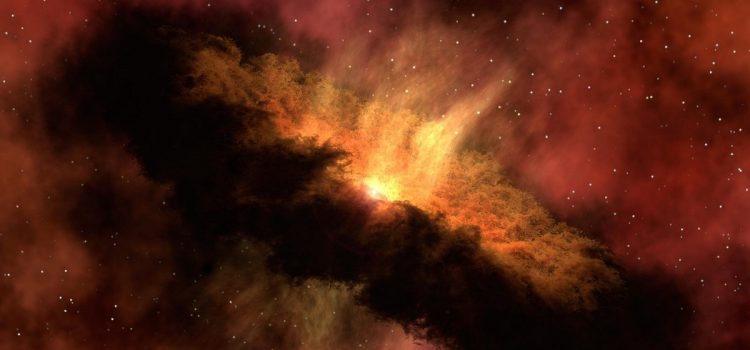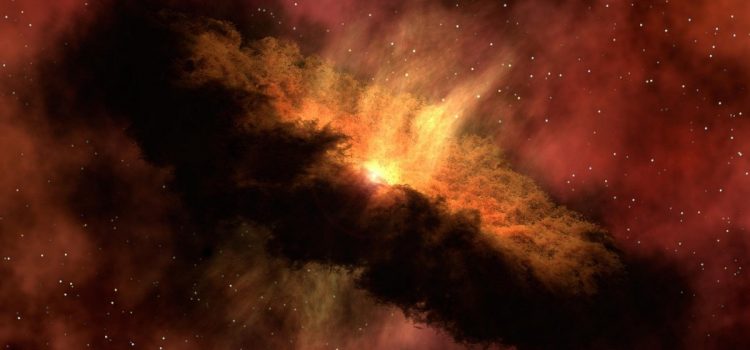What’s the connection between happiness and love? How is unconditional love different from other emotions? How is it practiced? To find enduring happiness, you must practice unconditional love. That’s the view of Mo Gawdat as presented in his book Solve for Happy. He explains what unconditional love is and offers advice on how to practice it. Continue reading to learn how joy depends on loving unconditionally and how to cultivate this trait in your life.
Happiness and Love: How Joy Depends on Loving Unconditionally










